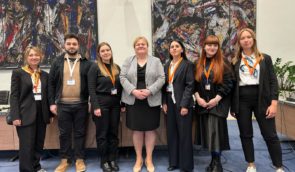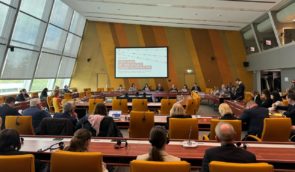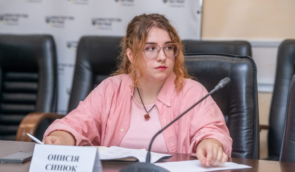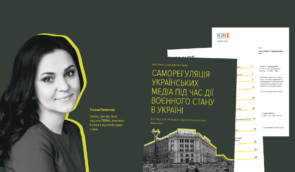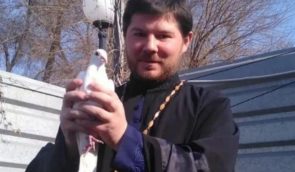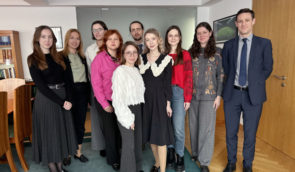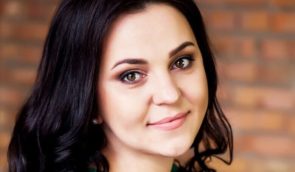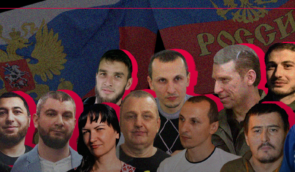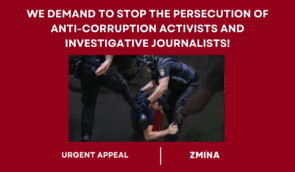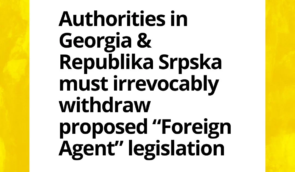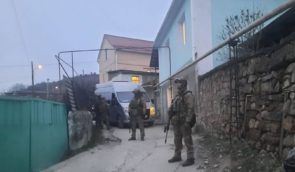Journalists learned how to talk to persons with disabilities and about them
August 27-28, Kyiv hosted the training for journalists on how to talk to persons with disabilities and about them.
How and why are the persons with disabilities excluded from the public life? What are the models of disability (medical, social), their evolution and modern understanding of disability in the world? How can the editorial staff introduce the principles of “universal design” in their work? How to communicate with people who got a disability during the armed conflict? The training participants and the experts found the answers to these and other questions.
More than 160 applications were filed for the training. Of them, about 30 journalists and media workers were selected from all over Ukraine. “And it was really difficult to refuse all the rest,” chair of the board of the Human Rights Information Center Tetiana Pechonchyk said during the opening.
The participants swang into action at once. The expectations of the journalists were written at the two huge sheets.
“It may seem that there is no discrimination in Ukraine. It’s not true. I have been experiencing it from my very childhood. I am a Crimean Tatar...” 1+1 TV channel journalist Ghalia Faskhutdinova shared her memories.
First and foremost, the stereotypical perception of persons with disabilities was being destroyed.
“According to the social model of disability, the disability is not a problem and not a human disease, the disability occurs because of the barriers in the society,” explained trainer Maria Yasenovska, head of the coordinating council of the Coalition for Combating Discrimination in Ukraine.
Perhaps, the information about the universal design sparked the greatest interest. During the day, trainer Volodymyr Azin, the expert of the National Assembly of the Persons with Disabilities of Ukraine, the executive director of the Group of Active Rehabilitation, talked about the principles of the universal design and its implementation in Ukraine.
“It is important to realize that the universal design is not something specific for the persons with disabilities. The universal design is the organization of space in a way to make it safe and comfortable for everybody (at least for the largest possible number of people),” Azin said.
Other trainers were Iryna Fedorovych, co-coordinator of the project “Without Borders” of the “Social Action” Center, Halyna Tsyhanenko, psychologist of the Psychological Crisis Service of Ukraine, Tetiana Furmanova, volunteer engaged in the support for the wounded in the hospital, Yulia Sachuk, vice president of the NGO “Generation of Successful Operation”, Oleksandra Khutorova, artist, spokeswoman for the “Dimfo” studio.
As a reminder, this was the third training in a series of training sessions for journalists, conducted by the Human Rights Information Centre in cooperation with the project “Without Borders” of the “Social Action” Center under the auspices of the Coalition for Combating Discrimination in Ukraine with the support of the European Union and the “Human Rights and Justice” program of the International Renaissance Foundation.
Earlier, the representatives of the local media considered the issue of discrimination of sexual minorities and problems of the internally displaced persons and refugees in Ukraine.
Photo credit: Iryna Vyrtosu, Human Rights Information Center







